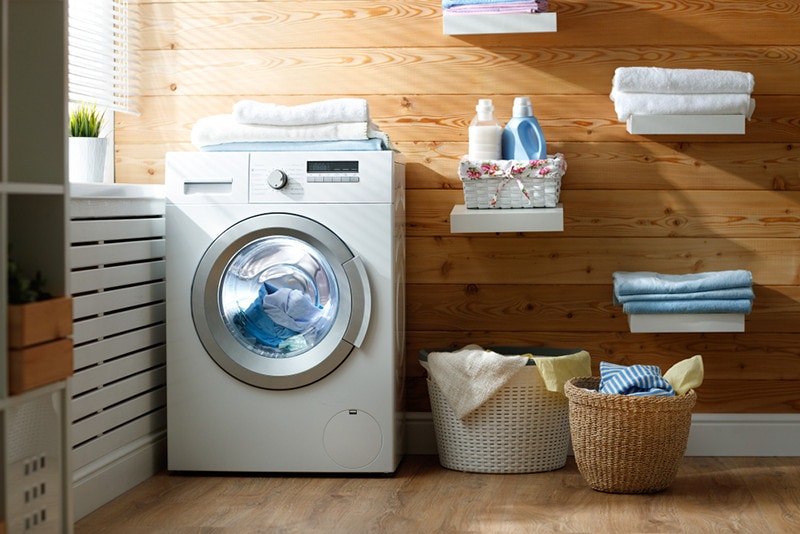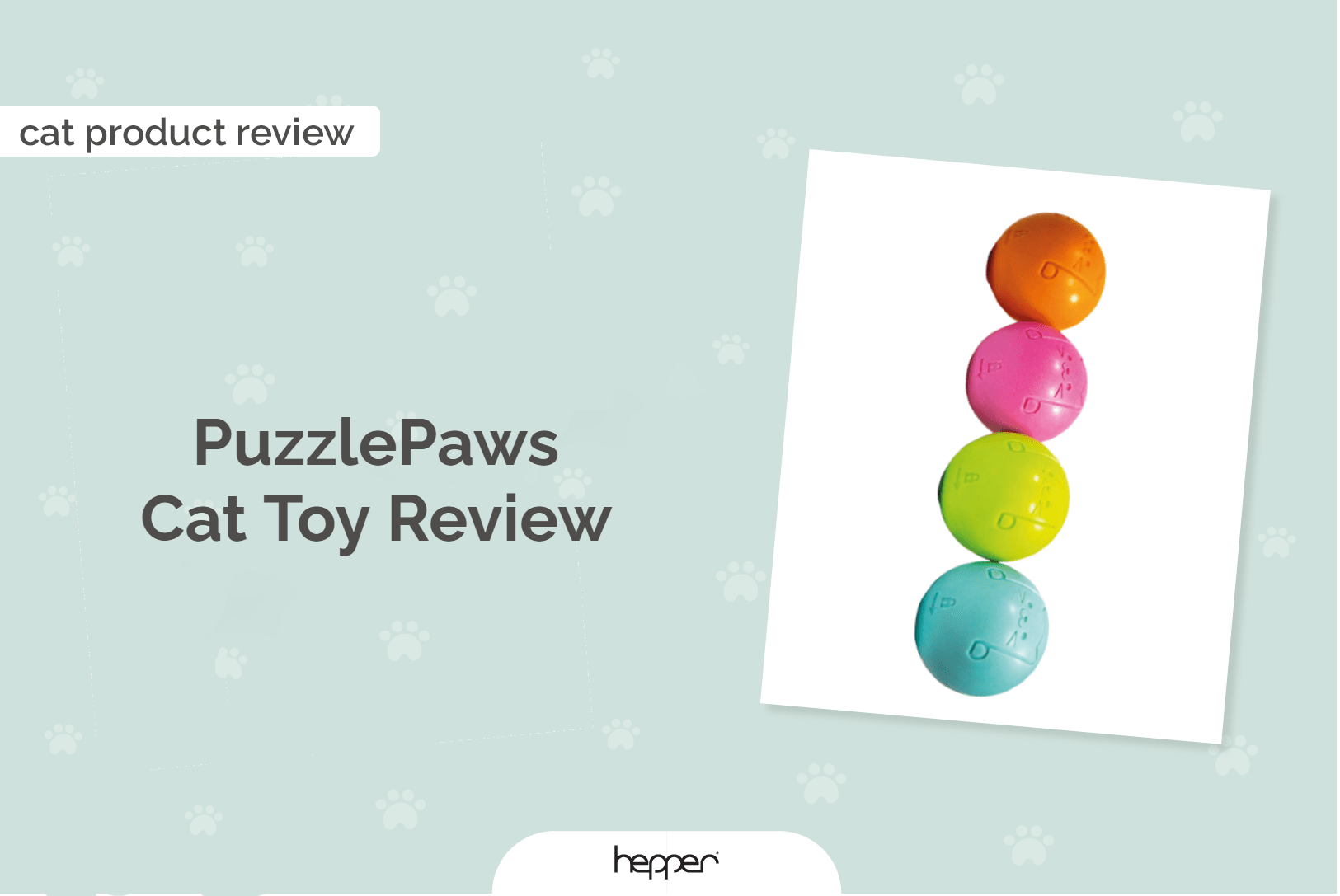Why Does My Cat Takes Food Out of Their Bowl to Eat? 4 Reasons
By Jessica Kim
Updated on
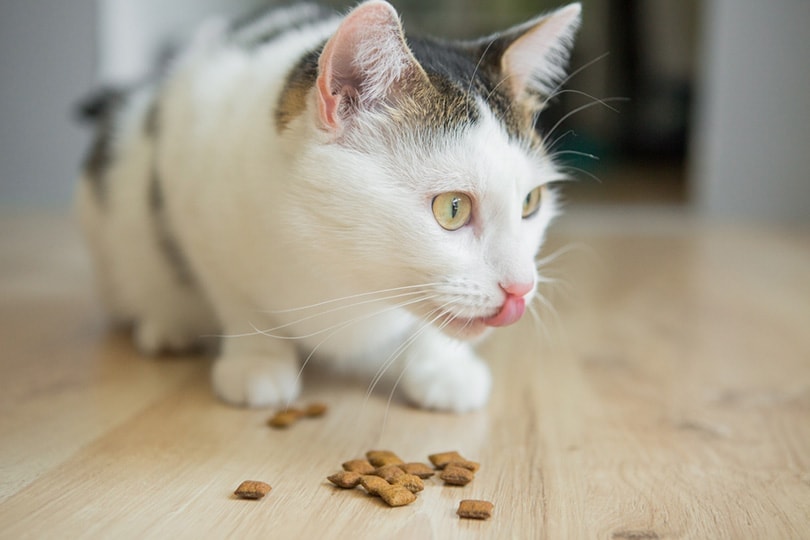
Cats are fascinating animals that can end up doing things that leave us feeling confused or perplexed. One behavior that cats can develop is taking food outside of their bowl to eat. Sometimes, they will just knock the food out of their bowl to eat, or they will carry the food to a different location.
Having your cat keep its food in its bowl is more hygienic, so it’s important to understand what’s causing this behavior to prevent it from recurring. Here are four reasons why your cat may take food out of its bowl to eat.
The 4 Reasons Why Cats Take Food Out of Their Bowl to Eat
1. Instinctual Habit
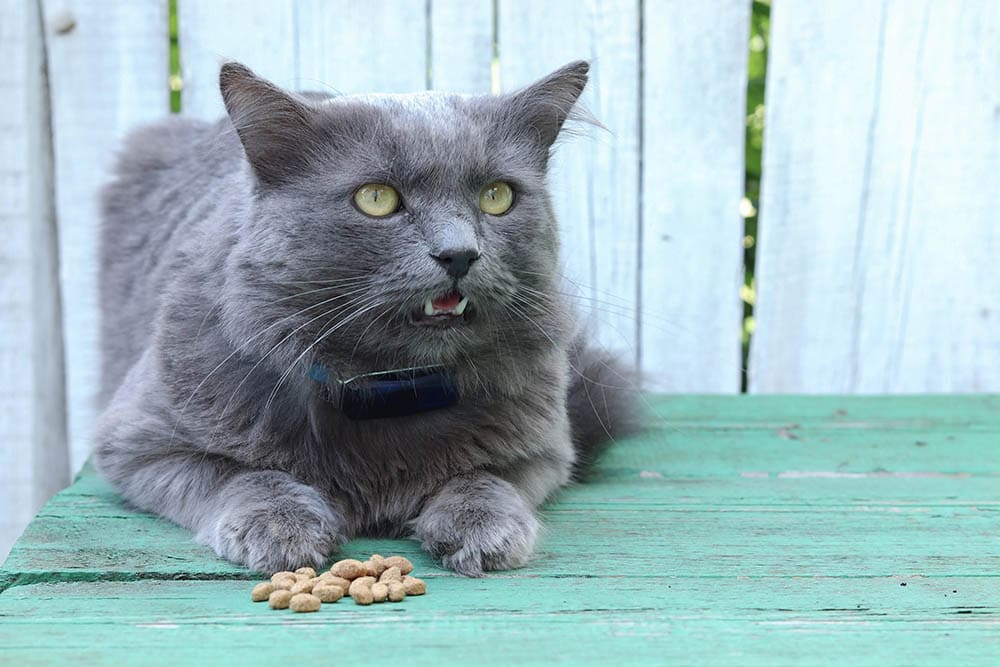
Most wild cat species are solitary animals that eat alone. Eating alone makes them feel safe and undisturbed so that they can eat as much as they want without worrying about food getting stolen.
Domestic cats may reflect this instinctive habit and prefer to eat in a more secluded location. So, if your cat tends to hoard food in its mouth and carry it to a different location, make observations of the differences in location. If the space is quieter and more peaceful than where the food station is located, there’s a good chance that your cat doesn’t feel safe eating at the current location.
2. Resource Guarding
Resource guarding is a behavior that animals use for survival. They may start to act with possessive aggression when they feel threatened about a valuable item getting taken away or stolen. For domestic cats, toys and food can be viewed as valuable.
If they’re trying to guard their resources, they can act aggressively by hissing, biting, and scratching. They can also try to hide their food so that others can’t find it.
3. Incorrect Bowl Size
Cats have very sensitive whiskers that they use to navigate their surroundings. They don’t enjoy their whiskers being touched and can even develop whisker fatigue if they feel sensory overload.
Your cat may not enjoy eating out of its food bowl if its whiskers brush against the sides. Therefore, it may either quickly pick out the food with its mouth or scoop it with its paws to prevent its whiskers from being in constant contact with the bowl every time it eats.
Our cats deserve the best when it comes to their food and water dishes. These essential items must be well designed with the specific needs of our felines as top priority. Our Hepper NomNom Cat Bowl is a modern, whisker-friendly option that serves as an all-in-one pet dish. The removable stainless steel bowls are shallow for optimum comfort and slide securely into a PP plastic tray with a wide lip tailored to catch any overflow. This bowl is entirely dishwasher-friendly, too, which helps with tidying up (and will keep your cat happy)!
- NO MESS - The 360° tray on this cat food and water bowl set has a raised design to catch and...
- WHISKER FRIENDLY - Shallow and wide metal containers with flat bottoms ensure your kitty can enjoy...
4. Difficulty Eating
Some cats may have difficulty eating food that lays on the side of a bowl, especially if they are eating wet food. So, they might use their paws to scoop the food and lick it off their paws or dump it on the floor and lick it up.
Check to see if your cat’s food bowl has edges that slope upward gradually. Bowls that have sides that have steeper sides that are perpendicular to the ground are generally difficult for cats.
How to Help Your Cat Stop Taking Food Out of Its Bowl
If your cat is relocating to a different area with food in its mouth, it may just need a quick fix by relocating its food bowl to this area. However, if this is not an option, start observing your cat to discover what is causing this behavior.
If you notice that the food station is in a busy area, you can try moving it to a quieter place with fewer distractions. Cats do not like to eat where they do their business, so if their food bowl is too close to a litter box, it may cause them to try to eat their food elsewhere.
If you have multiple cats or pets, it can help to feed them in separate spaces in the room or allow them to eat in different rooms. Doing this will reduce competitiveness and make them feel safer when they eat.
You can also check to see if the food bowl is the wrong shape or size. Cats that eat wet food may do better with a shallower bowl or a dish so that they can lick up their food more easily. If you see the ends of your cat’s whiskers touching the sides of the bowl, you can try switching to a larger food bowl and see if it’s more comfortable for your cat.
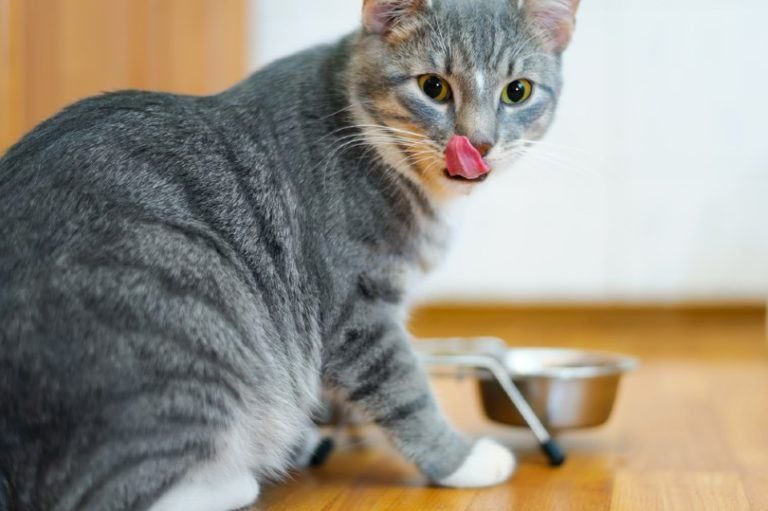
Final Thoughts
Cats can start to take their food out of their bowls and eat them elsewhere. The best way to resolve this issue is to observe your cat to determine what is causing this behavior. Depending on the cause, you may have to relocate your cat’s food bowl or change the food bowl itself.
If you are having trouble figuring out why your cat’s not eating from its food bowl, you can always work with a reputable cat behaviorist to find out why your cat’s doing this. A cat behaviorist can also help you find the right setup to encourage your cat to eat from its bowl.
Featured Image Credit By: Daria Bondina, Shutterstock






